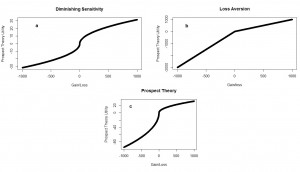When people describe queues in queueing theory, they use a certain notation that at first looks cryptic. For example, a queue that has exponential interarrival times, exponential service times, one server, and room for 10 people in the queue is denoted as an M/M/1/10 queue.
What do the letters in queueing notation mean?
The first letter specifies the probability distribution of interarrival times.
The second letter specifies the probability distribution of service times.
The third letter represents the number of servers working in parallel in the queue.
The fourth letter represents the maximum number of customers in the queue. If omitted, it is assumed to be infinite.
Here are the most common options for the first two letters:
M = exponential (Markovian) distribution
D = deterministic arrival/service times
= gamma distribution with shape parameter n (also called an Erlangian distribution)
G = general distribution (most everything else)

